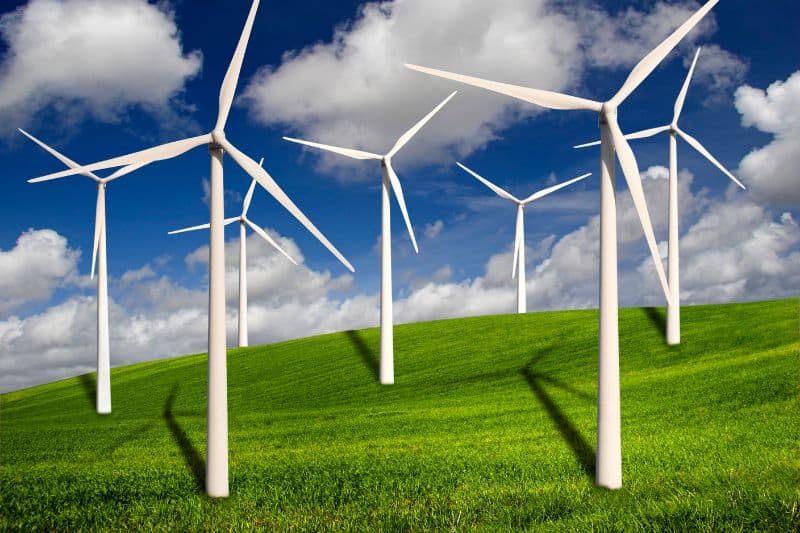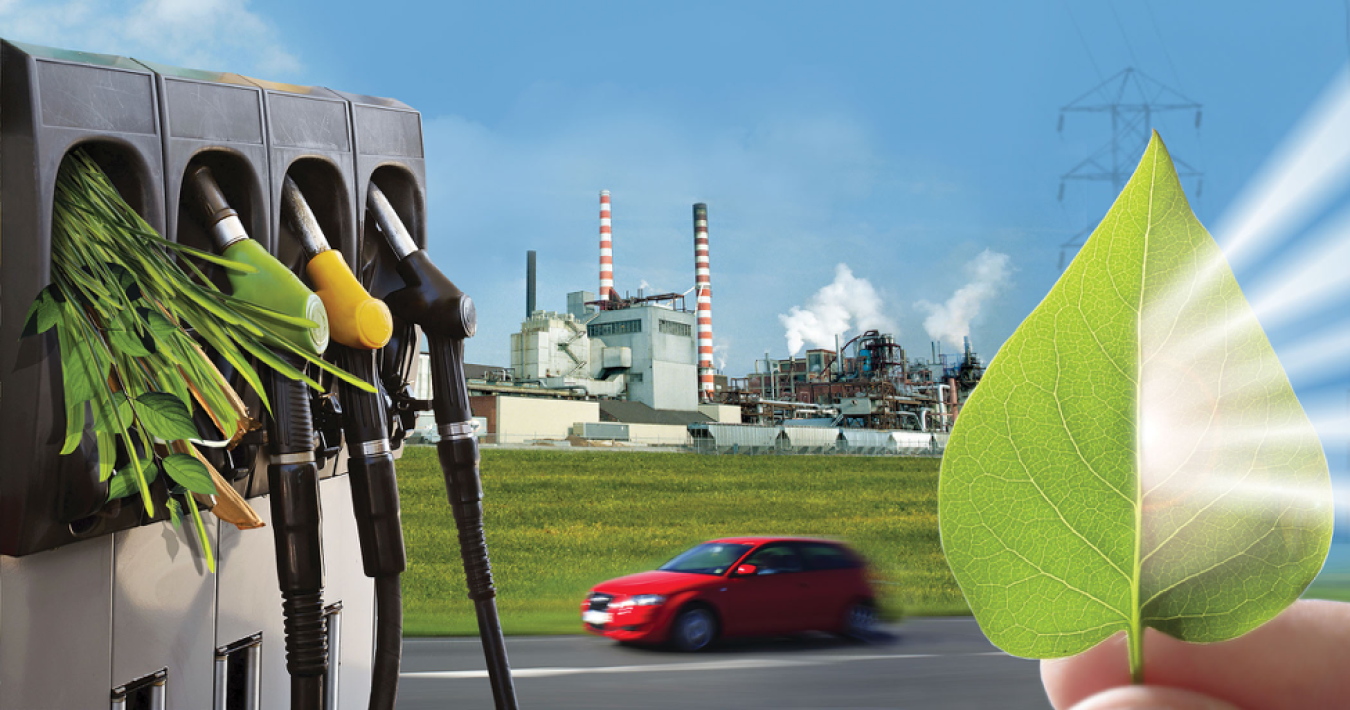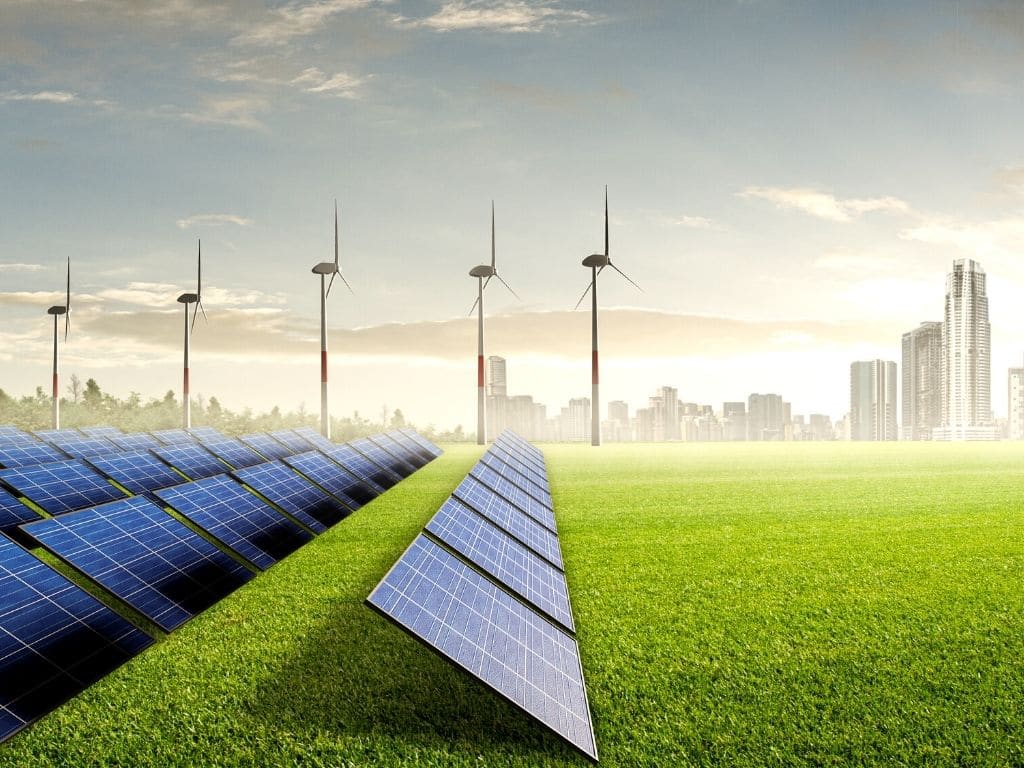In a world where environmental concerns are becoming increasingly critical, the development and adoption of green technology have emerged as a beacon of hope. Green technology refers to innovative solutions that aim to address environmental issues while promoting sustainability. Let's delve into five types of green technology that are paving the way for a greener and cleaner future.
Definition of Green Technology
Green technology, often known as clean or environmental technology, encompasses a broad range of practices and innovations designed to minimize the impact on the environment. From energy production to construction, green technology focuses on sustainable solutions that reduce carbon footprints and promote eco-friendly practices.
Importance of Green Technology
As climate change concerns intensify, the importance of adopting green technology becomes more evident. The reduction of greenhouse gas emissions, conservation of natural resources, and the overall promotion of a cleaner environment are key factors driving the widespread adoption of green technologies.
Solar Power

A. Harnessing Solar Energy
Solar power stands out as a frontrunner in green technology. By harnessing the sun's energy, solar power systems generate electricity in an environmentally friendly manner. The inexhaustible nature of solar energy makes it a sustainable solution for the long term.
B. Photovoltaic Cells
At the core of solar power are photovoltaic cells, which convert sunlight into electricity. These cells, commonly known as solar panels, have become increasingly efficient and affordable, making solar power a viable option for both residential and commercial applications.
C. Solar Thermal Systems
In addition to photovoltaic cells, solar thermal systems use sunlight to generate heat, contributing to both electricity production and heating applications. This dual functionality enhances the versatility of solar power technology.
Wind Power

A. Harnessing Wind Energy
Wind power taps into the kinetic energy of the wind, converting it into electricity. Wind turbines, strategically positioned in windy areas, have become iconic symbols of sustainable energy.
B. Wind Turbines
Wind turbines consist of large blades connected to a central hub. As the wind spins the blades, the kinetic energy is converted into electricity through a generator. This efficient process has made wind power a prominent player in the renewable energy landscape.
C. Benefits of Wind Power
Beyond the reduction of greenhouse gas emissions, wind power provides economic benefits by creating job opportunities and fostering local economic development. The minimal environmental impact further solidifies its standing as a green technology.
Hydro Power

A. Utilizing Water Resources
Hydropower harnesses the energy from flowing water to generate electricity. Dams and other water infrastructure play a crucial role in channeling the power of water for sustainable energy production.
B. Hydroelectric Power Plants
Hydroelectric power plants capture the energy generated by falling or flowing water and convert it into electricity. This established technology has been a key player in the global effort to transition to renewable energy sources.
C. Environmental Impact
While hydropower offers significant benefits, it is essential to consider the environmental impact, such as alterations to aquatic ecosystems and potential displacement of communities near dam sites.
Bioenergy

A. Biomass Energy
Bioenergy involves harnessing energy from organic materials, such as plants and animal waste. Biomass energy is renewable and helps reduce dependence on fossil fuels.
B. Biogas
Biogas, a byproduct of organic decomposition, can be captured and used as a clean-burning fuel. This process not only produces energy but also addresses waste management challenges.
C. Biofuels
Biofuels, derived from organic materials, are used as an alternative to traditional fossil fuels. The production and use of biofuels contribute to lower carbon emissions and promote sustainability.
Green Building Technology

A. Sustainable Architecture
Green building technology focuses on constructing environmentally responsible structures. Sustainable architecture emphasizes energy efficiency, water conservation, and the use of eco-friendly materials.
B. Energy-Efficient Construction
Incorporating energy-efficient technologies in construction reduces the environmental impact of buildings. From smart lighting systems to insulation materials, every aspect contributes to a more sustainable structure.
C. Green Materials
The use of green materials, such as recycled or rapidly renewable resources, is a fundamental aspect of green building technology. These materials promote sustainability throughout the life cycle of a building.
Conclusion
Recap of green technologies in conclusion, the five types of green technology discussed—solar power, wind power, hydropower, bioenergy, and green building technology—illustrate the diverse approaches towards a sustainable and eco-friendly future. These technologies play a pivotal role in mitigating climate change and fostering a cleaner planet.Future trends as technology advances, the future of green technology holds exciting possibilities. Innovations in energy storage, artificial intelligence, and materials science are expected to further enhance the efficiency and accessibility of green technologies.
(FAQs)
Q. Is green technology expensive to implement?
Implementing green technology can have initial costs, but the long-term benefits often outweigh the investment. Many governments and organizations offer incentives to promote the adoption of green practices.
Q. How effective is solar power on cloudy days?
Ans: While solar power is most effective on sunny days, modern solar panels can still generate electricity on cloudy days, albeit at a reduced capacity.
Q. Are there any drawbacks to wind power?
Ans: Some drawbacks include visual and noise impacts, potential harm to wildlife, and the need for suitable windy locations. However, ongoing research aims to address these challenges.
Q. What role does bioenergy play in reducing carbon emissions?
Ans: Bioenergy, especially biofuels, plays a crucial role in reducing carbon emissions by providing a renewable and cleaner alternative to traditional fossil fuels.
Q. How can individuals contribute to green building practices?
Ans: Individuals can contribute by choosing eco-friendly materials, adopting energy-efficient technologies, and supporting sustainable construction practices in their homes and communities.

